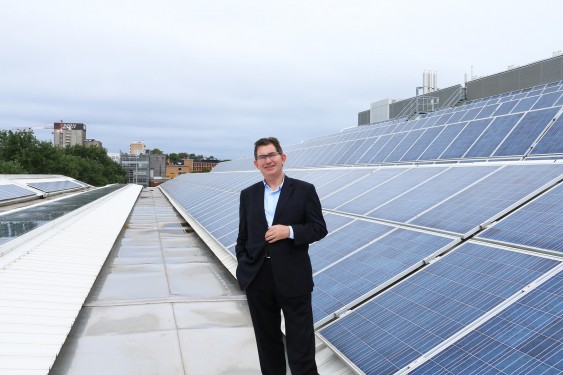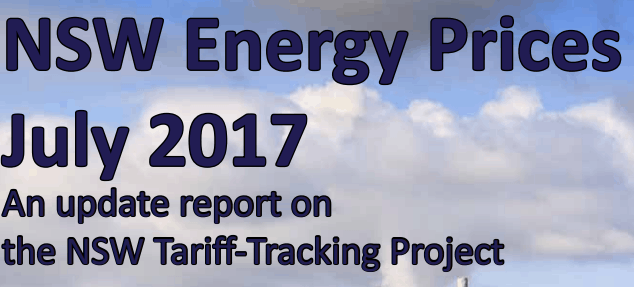The NSW solar feed-in tariff is set to halve in 2018/19 as the New South Wales regulator (IPART) has flagged changes to its price guide, citing lower wholesale prices as the main catalyst.
NSW solar feed-in tariff

IPART (Independent Pricing and Regulatory Tribunal for NSW) released a draft publication entitled ‘Solar feed-in tariffs: the value of electricity from small-scale solar panels in 2018-19‘ on Tuesday. It sets the benchmark for exported solar back into the grid for 7.5c/kW rather than the 11.9-15c/kWh range we saw in 2016/17.
It’s important to note that this is merely a benchmark and supply/demand will continue to define how much solar export it worth. With the wholesale prices currently falling and tipped to continue in 2018/19, it makes sense to see the FiTs adjusted accordingly.
IPART justified their decisions by explaining retail prices would rise if they didn’t slow down the FiT given the rapidly sinking wholesale prices (the most recent forward contract wholesale price from the ASX is 7.4c/kWh):
“We set the draft benchmark for the all-day solar feed-in tariffs based on our forecast of the average price that retailers would pay for solar exports across the day (weighted by solar output) if they were buying them on the wholesale market,” the report advises.
“For 2018-19, our draft all-day benchmark is 7.5c/kWh. We consider this benchmark is reasonable, and that setting a higher benchmark would lead to unacceptable outcomes.
“In particular, if retailers were required to pay more for these solar exports than they would pay for wholesale electricity on the NEM, retail prices for all customers would need to be higher to recover the difference,” the IPART report continues.
We’ve written previously about the NSW solar tariffs with regards to retail purchase or electricity – there’s a large disparity between offers and we expect that to continue. Whether you are feeding back into the grid or not, it’s important to be across the solar deals so you’re getting maximum return from your investment / paying as little as possible for your electricity.
Any questions? Please ask below!



